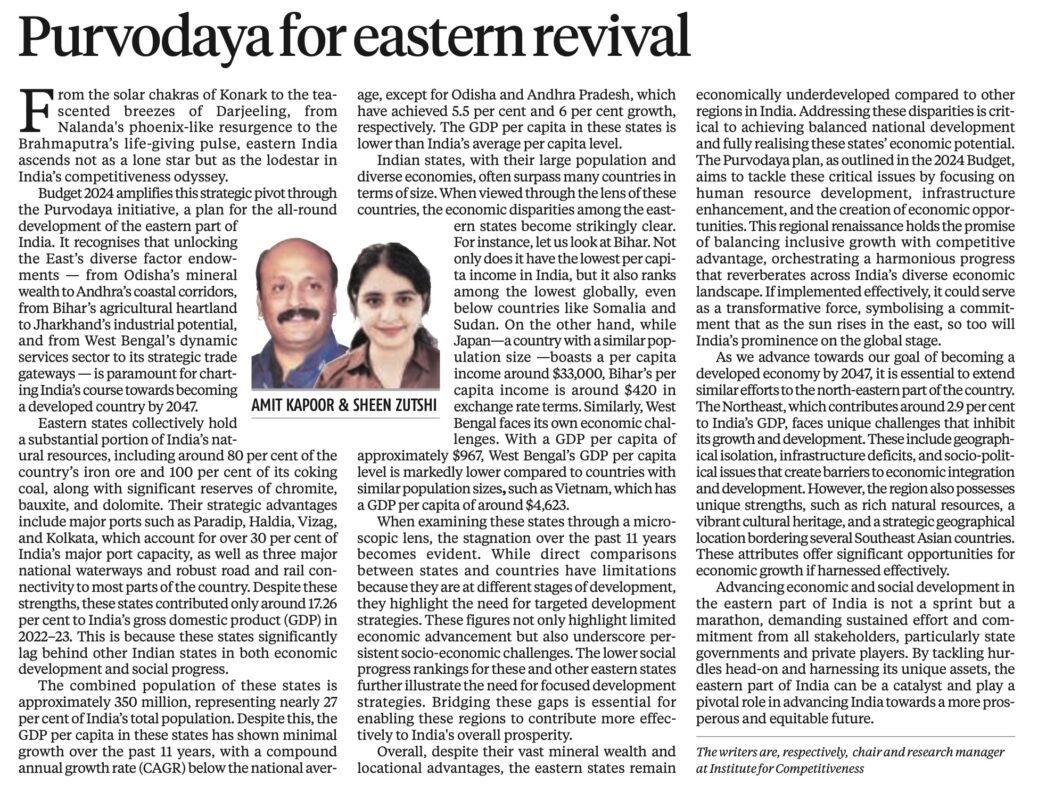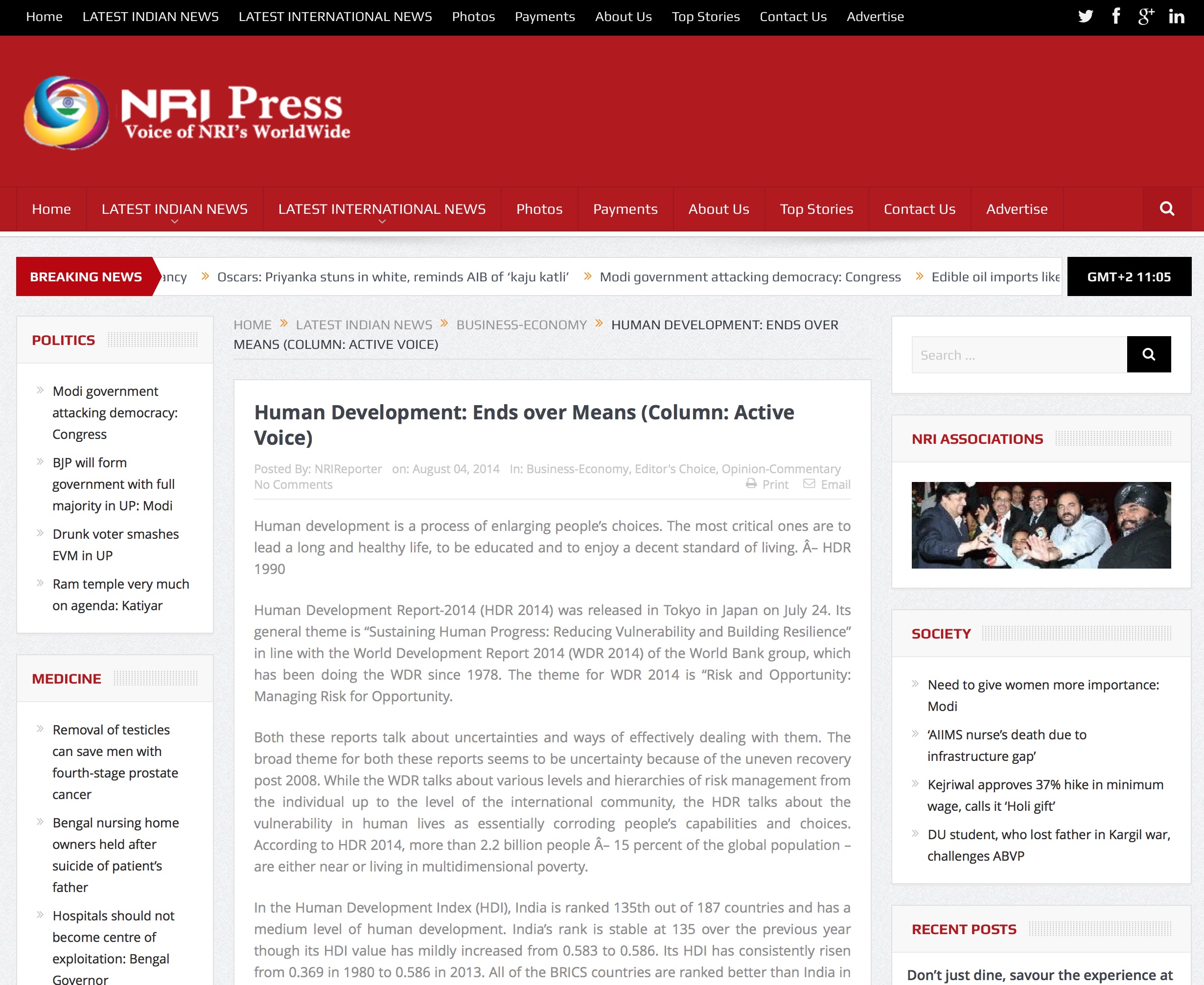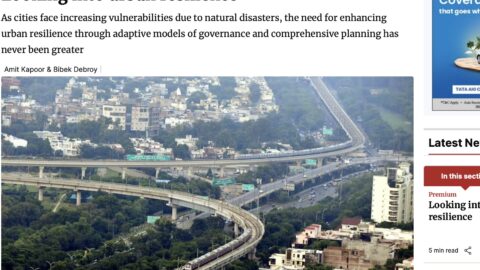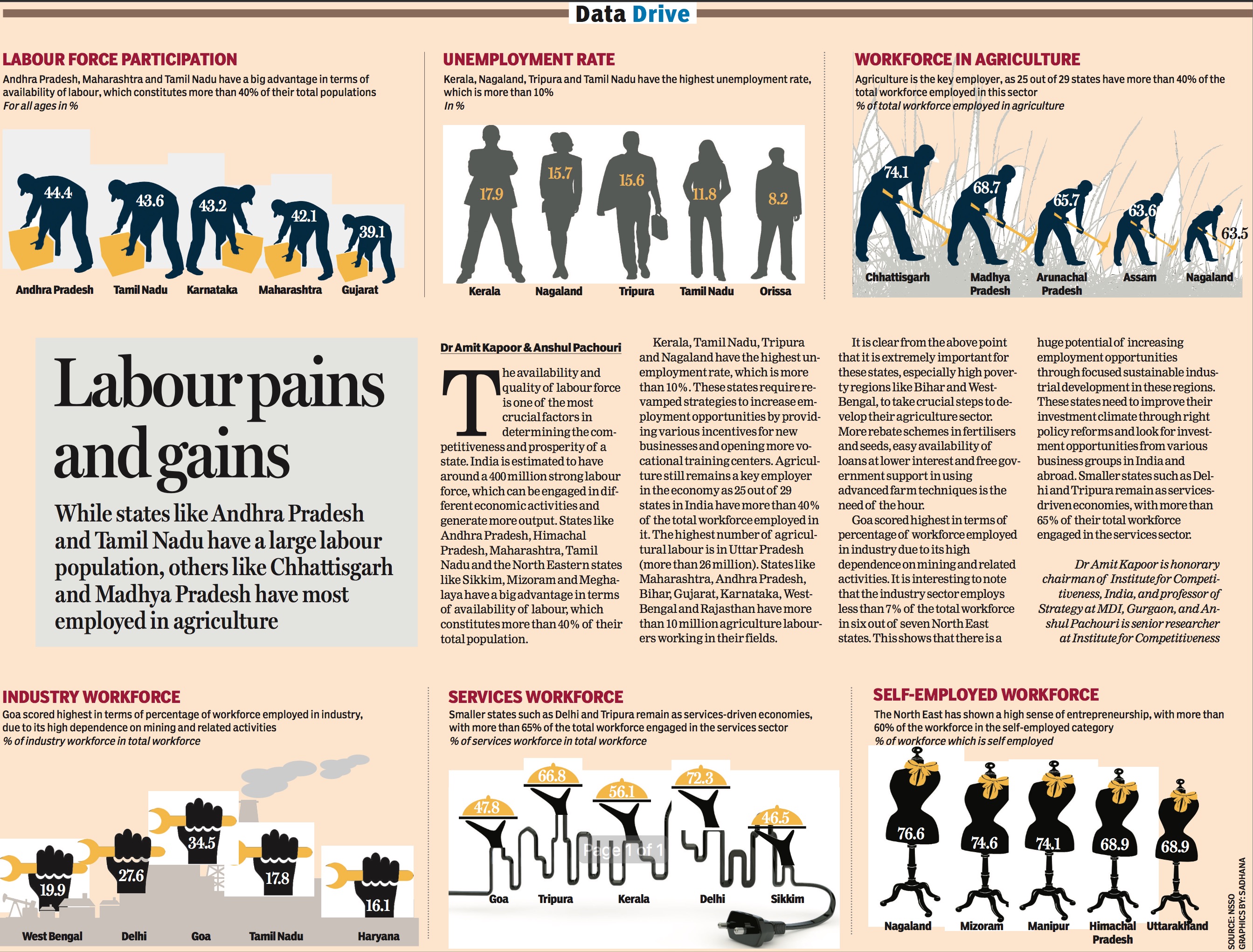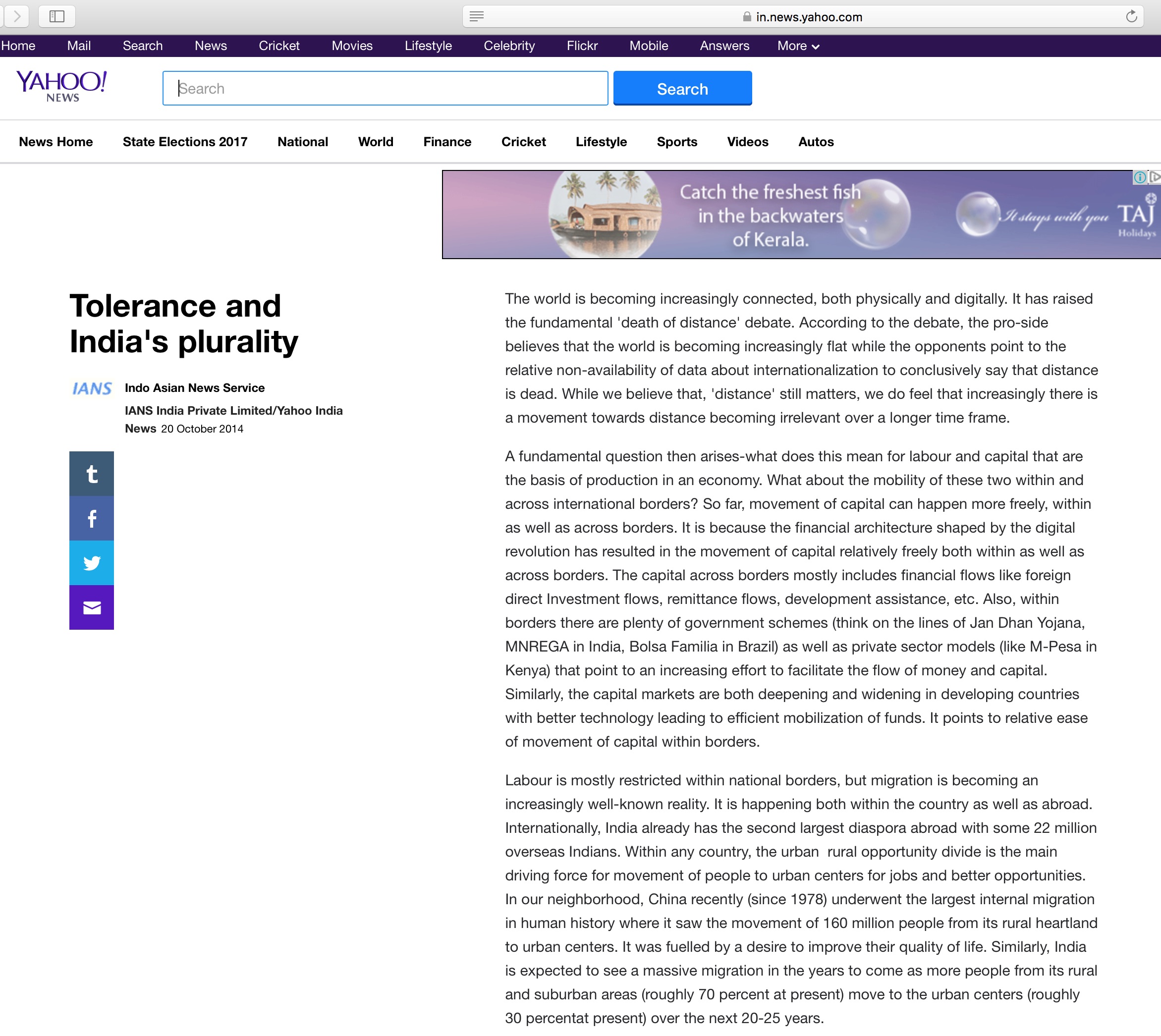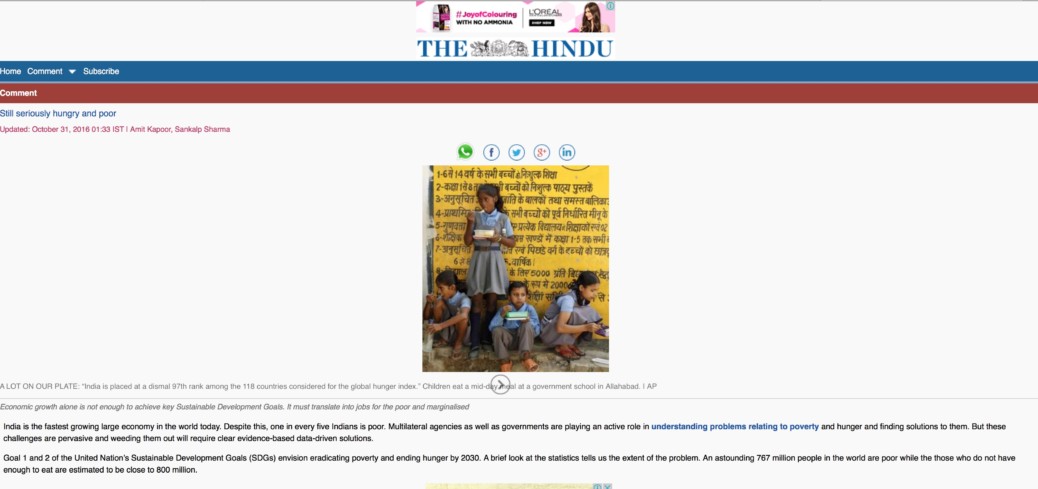By Amit Kapoor and Sheen Zutshi
From the solar chakras of Konark to the tea-scented breezes of Darjeeling, from Nalanda’s phoenix-like resurgence to the Brahmaputra’s life-giving pulse, Eastern India ascends not as a lone star but as the lodestar in India’s competitiveness odyssey. Budget 2024 amplifies this strategic pivot through the ‘Purvodaya initiative’, a plan for all-round development of the eastern part of India. It recognises that unlocking the East’s diverse factor endowments—from Odisha’s mineral wealth to Andhra’s coastal corridors, from Bihar’s agricultural heartland to Jharkhand’s industrial potential, and from West Bengal’s services sector dynamism to its strategic trade gateways—is paramount for charting India’s course towards becoming a developed country by 2047.
Eastern states collectively hold a substantial portion of India’s natural resources, including around 80% of the country’s iron ore and 100% of its coking coal, along with significant reserves of chromite, bauxite, and dolomite. Their strategic advantages include major ports such as Paradip, Haldia, Vizag, and Kolkata, which account for over 30% of India’s major port capacity, as well as three major national Waterways and strong road and rail connectivity to most parts of the country. Despite this, these states collectively contributed to around 17.26 percent of India’s GDP in the fiscal year 2022–23. This is because these states lag significantly behind other Indian states in terms of economic development and social progress.
The combined population of these states is approximately 35 crores, representing nearly 27% of India’s total population. Despite this, the GDP per capita in these states has shown minimal growth over the past 11 years, with a compound annual growth rate (CAGR), except for Odisha and Andhra Pradesh, which have achieved 5.5% and 6% growth, respectively. These states’ GDP per capita is lower than India’s average per capita level.
Indian states, with their large populations and diverse economies, often surpass many countries in terms of size. This perspective reveals the significant economic gaps within the nation. For instance, let us look at Bihar. Not only does it have the lowest per capita income in India, but it also ranks among the lowest globally, even below countries like Somalia and Sudan. On the other hand, while Japan—a country with a similar population size—boasts a per capita income around USD 33 thousand, Bihar’s per capita income is around USD 420 in exchange rate terms. Similarly, West Bengal faces its own economic challenges. With a GDP per capita of approximately USD 967, West Bengal’s GDP per capita levels are markedly lower compared to countries with similar population sizes, such as Vietnam, which has a GDP per capita of around USD 4,623.
When examining these states through a microscopic lens, the stagnation over the past 11 years becomes evident. While direct comparisons between states and countries have limitations because they are at different stages of development, they highlight the need for targeted development strategies. These figures not only highlight limited economic advancement but also underscore persistent socio-economic challenges. The lower social progress rankings for these and other eastern states further illustrate that the need for focused development strategies is critical. Bridging these gaps is essential for enabling these regions to contribute more effectively to India’s overall prosperity.
Overall, despite their vast mineral wealth and strategic locational advantages, the eastern states remain economically underdeveloped compared to other regions in India. Addressing these disparities is critical to achieving balanced national development and fully realizing these states’ economic potential. The Purvodaya Plan, as outlined in the 2024 budget, aims to tackle these critical issues by focusing on human resource development, infrastructure enhancement, and the creation of economic opportunities. This regional renaissance holds the promise of balancing inclusive growth with competitive advantage, orchestrating a harmonious progress that reverberates across India’s diverse economic landscape. If implemented effectively, it could serve as a transformative force, symbolising a commitment that as the sun rises in the east, so too will India’s prominence on the global stage.
As we advance towards our goal of becoming a developed economy by 2047, it is essential to extend similar efforts to the northeastern part of the country. North Eastern India, which contributes around 2.9 percent of India’s GDP, faces unique challenges that inhibit its growth and development. These include geographical isolation, infrastructure deficits, and socio-political issues that create barriers to economic integration and development. However, the region also possesses unique strengths, such as rich natural resources, a vibrant cultural heritage, and a strategic geographical location bordering several Southeast Asian countries. These attributes offer significant opportunities for economic growth if harnessed effectively.
Advancing economic and social development in the eastern part of India is not a sprint but a marathon; therefore, demanding sustained effort and commitment from all stakeholders at every stage, especially from state governments and private players. Every stride forward paints a vibrant hue on the tapestry of India’s journey, weaving a narrative that will inspire those yet to come. By tackling hurdles head-on and harnessing its unique assets, the eastern part of India can be a catalyst and play a pivotal role in advancing India towards a more prosperous and equitable future.
The article was published with Business Standard on August 8, 2024.
Amit Kapoor, is Chair at Institute for Competitiveness. Sheen Zutshi is Research Manager at Institute for Competitiveness

